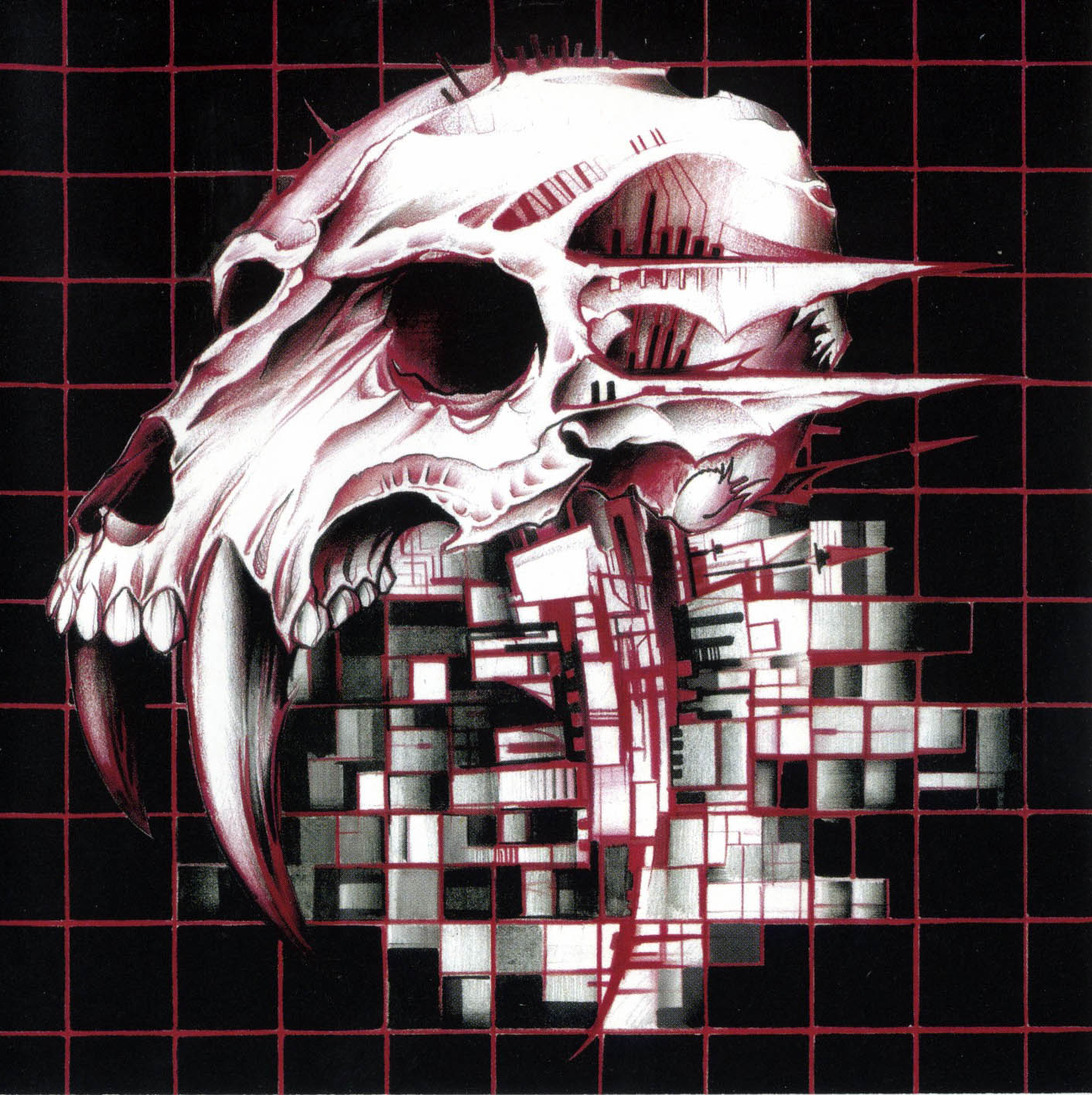What’s wrong with #ffffff?
Somehow when we had only 16 colours to work with we didn’t have the worst of the designer-brain “grey on marginally different grey” eyestrain factories. High-enough contrast for accessinility was essentially guaranteed. And you could go even more restrictive for laptops with early washed out LCDs and only-shades-of-red plasma screens.
Full-contrast black-on-white is also a common eye strain and/or migraine trigger.
Would white-on-black cause the same problem or fix it? I’ve been curious about this kinda thing for a while, but never curious enough to research it since it’s never affected me.
I’m honestly not sure; I expect it varies from person to person. I certainly find it difficult to look at either way around.
*puts fffffc background*
*where text*
紫水晶 (murasakizuishou) is amethyst, not “purple water”
color: 😐
Japanese color: 😲
https://en.wikipedia.org/wiki/Color_term
A named color is just a term for an arbitrary range of light frequencies, and different cultures differentiate between different ranges. Especially when you get into more specific named colors like “indigo” or “chartreuse”. In fact “indigo” made its way into English from Portuguese and “chartreuse” from French.
I don’t speak Japanese, but these could very well be “Japanese colours”.
Help I can’t see the colors since I don’t know Japanese
Purple water does actually look kinda good, imma joink it
edit:

GeordiRejects.jpg : millenial grey
GeordiPoints.jpg : japanese grey!Wow, Nihonese grey scales are so much better designed than the Western equivalent.







